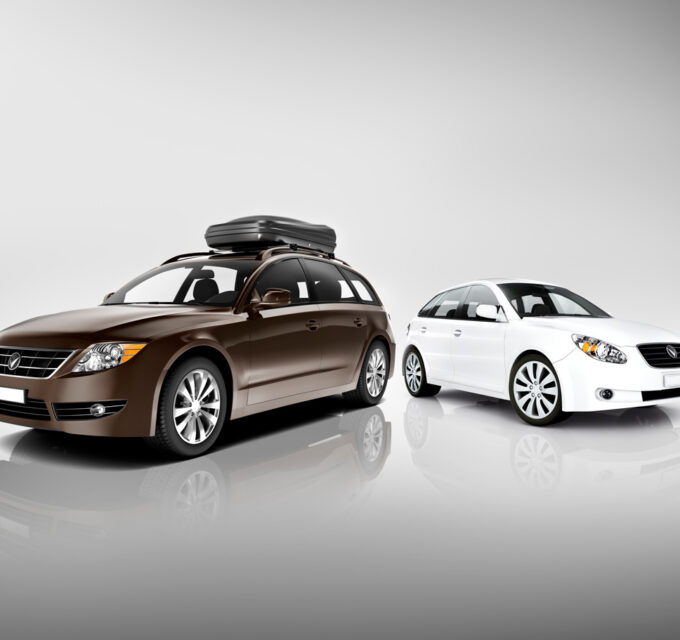Buying a car is a significant investment, and understanding your financing options is crucial to making a well-informed decision. Car financing typically involves two main choices: loans and leases. Each has its own benefits and considerations, so it’s essential to weigh them carefully against your financial situation and personal preferences. This guide will walk you through the different car financing options to help you choose the best one for your needs.
1. Car Loans
A car loan allows you to borrow money to purchase a vehicle, which you then repay over a set period with interest. Here’s what you need to know about car loans:
How It Works:
- Down Payment: You usually start with a down payment, which is a percentage of the car’s price paid upfront.
- Loan Amount: The remaining balance is financed through a loan, which is repaid in monthly installments over the loan term.
- Interest Rates: The loan comes with an interest rate, which can be fixed (remaining the same throughout the term) or variable (changing periodically based on market conditions).
Pros:
- Ownership: Once the loan is paid off, you own the car outright. You can keep it as long as you like and drive it without any mileage restrictions.
- Customization: You have the freedom to customize or modify the car as you wish.
- No Mileage Limits: Unlike leasing, you’re not restricted by mileage limits.
Cons:
- Monthly Payments: Loan payments can be higher compared to lease payments, which may impact your monthly budget.
- Depreciation: As the car depreciates over time, the resale value may be lower than the amount remaining on the loan.
- Commitment: You’re responsible for the entire value of the car, which can be a financial commitment if you plan to trade it in or sell it before the loan term ends.

2. Car Leases
Leasing a car is like renting it for a specific period, usually 2 to 3 years. At the end of the lease term, you return the car to the dealership. Here’s a breakdown of car leasing:
How It Works:
- Down Payment: Similar to loans, leases often require a down payment or initial payment.
- Monthly Payments: You make monthly payments based on the car’s depreciation over the lease term plus interest and fees. Lease payments are generally lower than loan payments.
- Mileage Limits: Leases come with mileage restrictions, and exceeding these limits may result in additional fees.
Pros:
- Lower Monthly Payments: Leasing often results in lower monthly payments compared to financing, which can be beneficial if you want to drive a newer car with less financial strain.
- New Car Every Few Years: Leasing allows you to drive a new car every few years, which means you can enjoy the latest features and technology without long-term commitment.
- Lower Repair Costs: Lease warranties typically cover most repair costs, except for regular maintenance and wear-and-tear.
Cons:
- Mileage Limits: Exceeding the mileage limit can result in costly penalties.
- No Ownership: At the end of the lease term, you don’t own the car. You may need to return it or buy it out at the residual value.
- Customization Restrictions: You’re generally not allowed to modify or customize the car during the lease period.

Choosing the Right Option
When deciding between a loan and a lease, consider the following factors:
- Budget: Assess your budget for monthly payments and down payments. Leasing often offers lower payments, but you need to decide if this fits your financial situation.
- Usage: Consider how much you drive and whether you’re comfortable with mileage limits. If you drive extensively, a loan might be more suitable.
- Ownership Preference: Decide if you prefer owning the car long-term or if you’re okay with returning it after a few years.
- Lifestyle: Think about whether you like driving new cars frequently or if you prefer to keep a car for a more extended period.
Conclusion
Understanding the differences between car loans and leases can help you make a financing choice that aligns with your financial goals and lifestyle preferences. Whether you opt for a loan or a lease, ensure you carefully review the terms, interest rates, and fees associated with each option. By doing so, you’ll be well-equipped to make an informed decision and enjoy your new vehicle with confidence.






